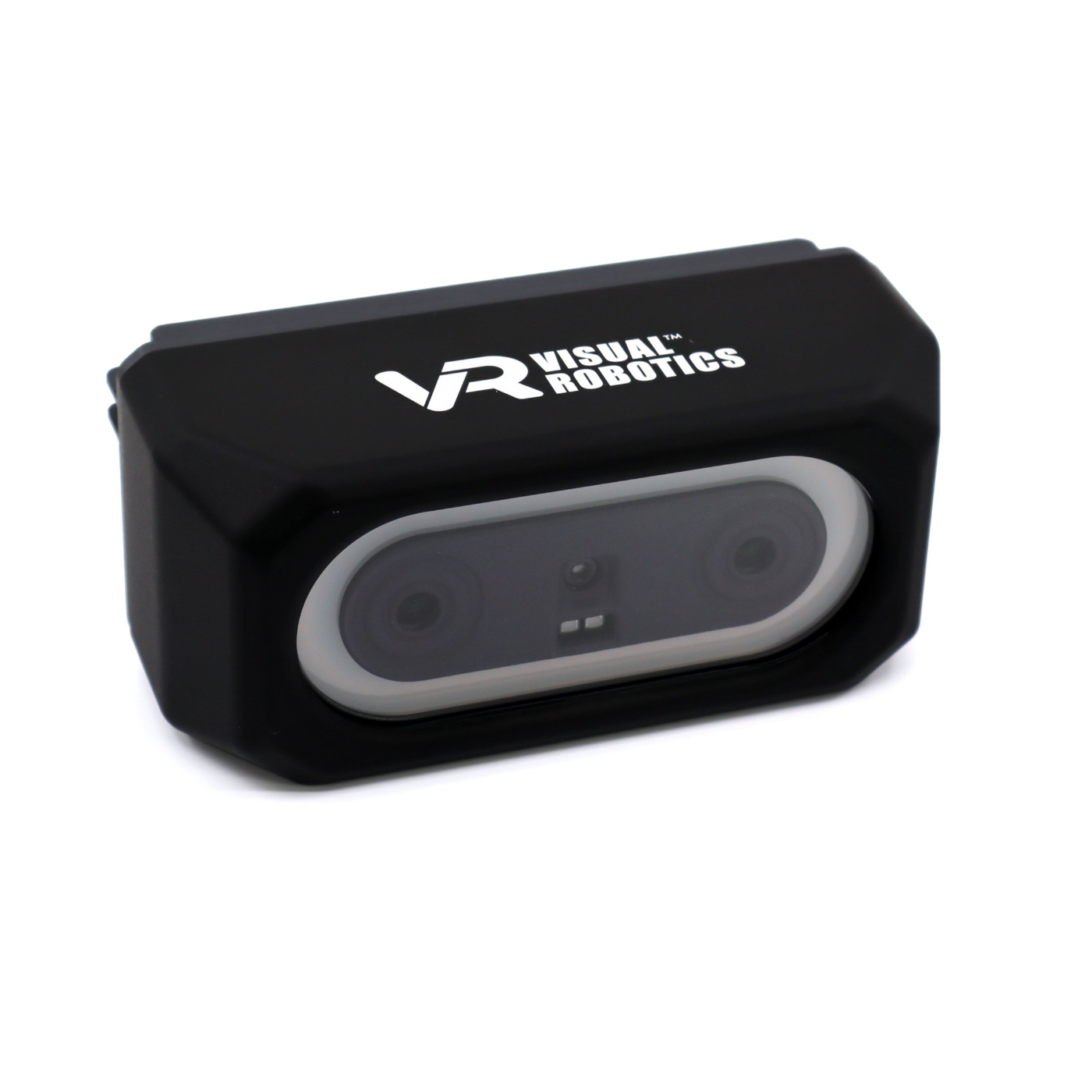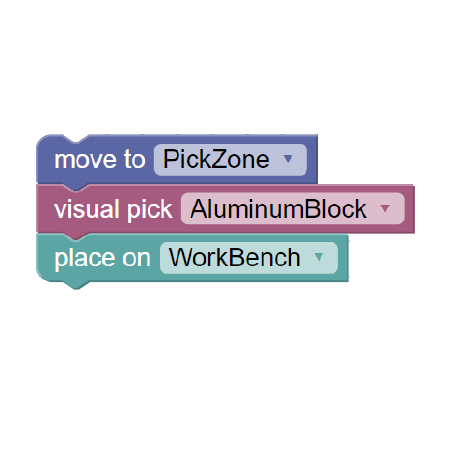Semantic Programming:
Intuitive workflow using natural language
Our integrated hardware and VISION IN MOTION technology allow visual tasks to be programmed in a straightforward manner in any programming language.
Vision tasks no longer are programmed in terms of exposure times, coordinates, and camera calibration, but simply actions performed on objects.
Learn More
Arm-Mounted
Vision-in-Motion
Integrated Design
Semantic Programming





